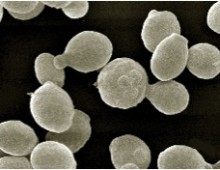DOE JGI research featured in io9
Last month I was lucky enough to visit one of the biggest genomics labs in the world. At the Joint Genome Institute (JGI) in Walnut Creek, CA, huge rooms full of genome sequencing machines work 24/7 to crunch the codes that create life. And the research here, funded by the US Department of Energy, has… [Read More]
